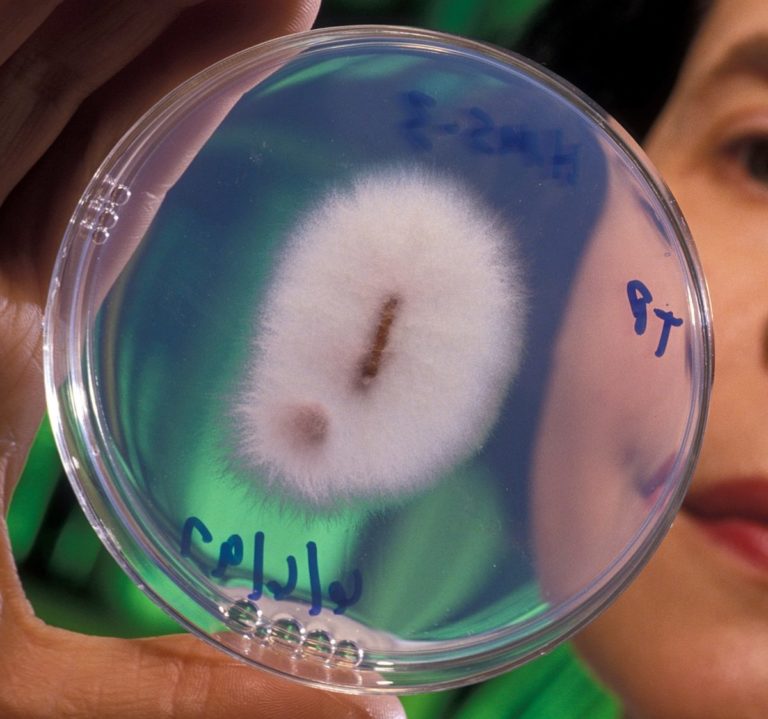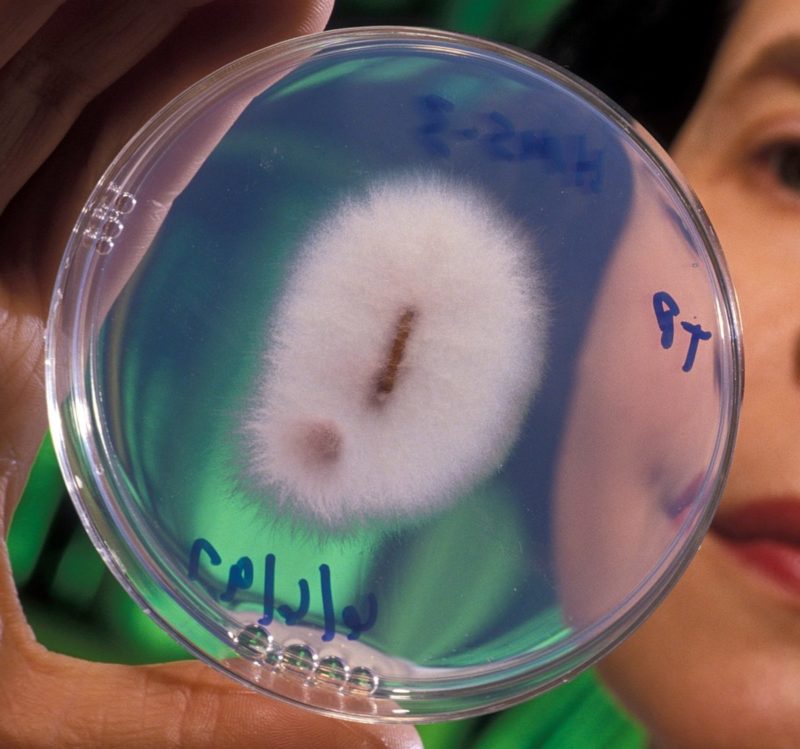
A fungus species found worldwide amasses particles of gold along the stringy strands that it sends into the soil, researchers claim having discovered.

The gold-laden fungus, scientifically named Fusarium Oxysporum, isn’t just pretty-looking but also gains sizeable benefits from the gold bond, enabling it to spread quicker and facilitating larger proliferation than usual fungi.
“But gold is so chemically inactive that this interaction is both unusual and surprising — it had to be seen to be believed,” lead study author and researcher Tsing Bohu said.
This is the first instance of a proof emerging that a fungus may move gold through the Earth’s surface, and could furnish suggestions for detecting underground gold deposits, they reported.

The biologists employed a scanning electron microscope to generate a series of highly magnified images of F. oxysporum colony from western Australia, revealing the fungus’s tendrils generously covered in a crust of its harvested particulate gold.
The fungus is thought to garner the gold through chemical reactions with minerals underneath the ground; it dissolute the gold flakes using oxidation and then secretes another chemical to solidify and reap the dissolved gold around the fungal filamentatious strands, the findings state.
The researchers are yet to figure out the exact mechanisms, vital specificities and nuances as regards the fungal gold extractions, the most important of them whether the harbored gold is actively or passively moved and if the blingy fungi avail the prerogative of a particular choice towards gold. If the fungus is established to indeed have a preference towards gold, over other minerals, the selectiveness would prove a crucial boost to probing potential untapped subterranean gold reservoirs.
Buried gold deposits can be detected via surface traces in gilded fungi, trees or insect nests, surveying and prospecting methodology substantially cheaper and significantly more environment-friendly than the conventional method of drilling and excavation probe is.
The findings were published in the “Nature Communications” journal.